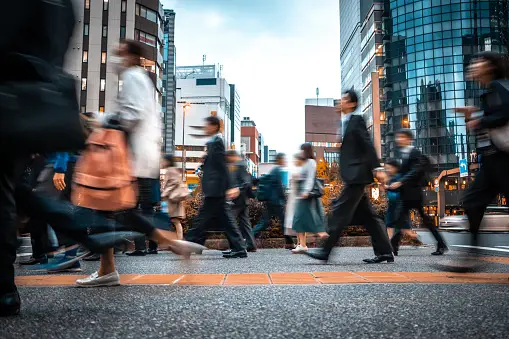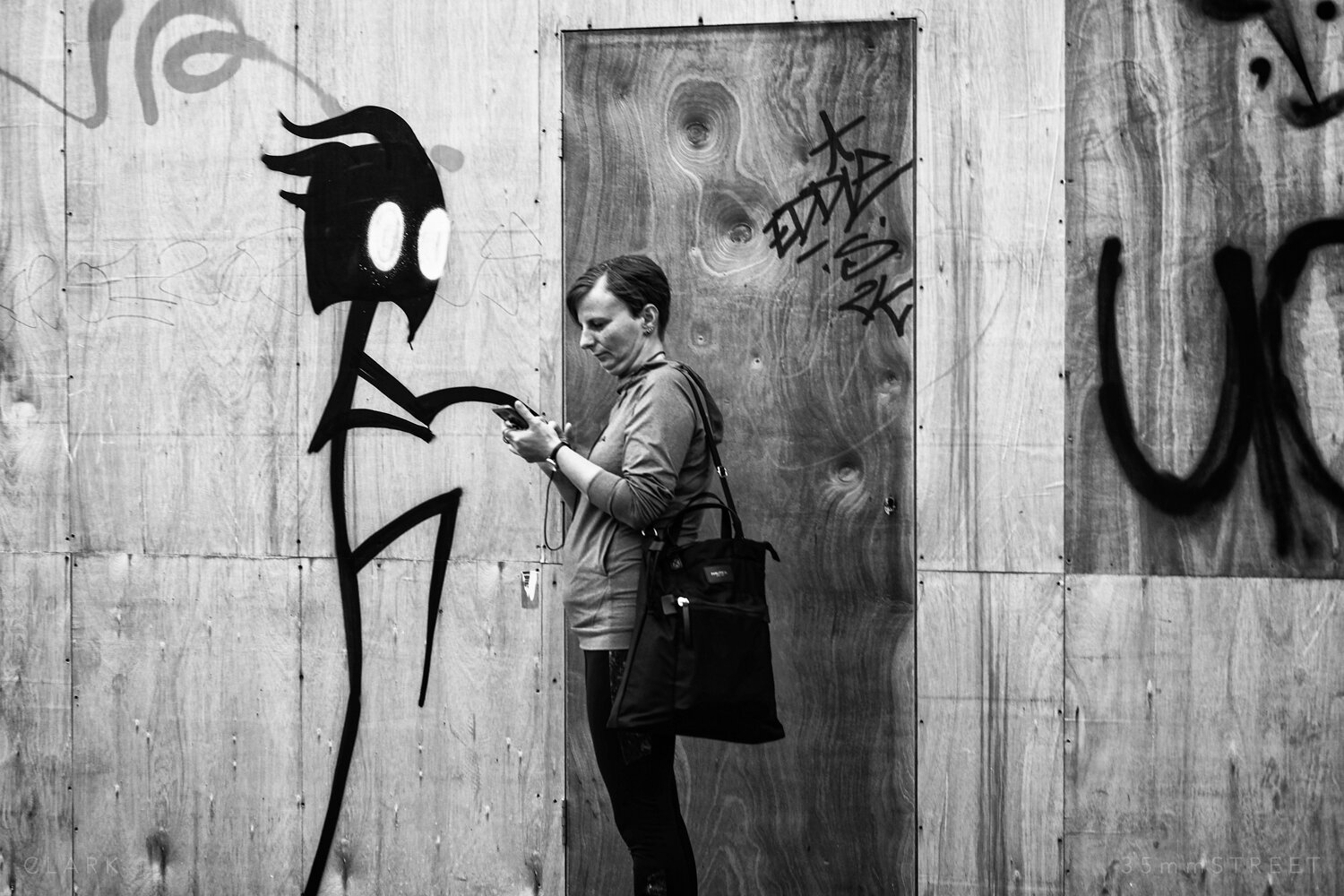About Street Photographers
About Street Photographers
Blog Article
Street Photographers Things To Know Before You Buy
Table of ContentsHow Street Photographers can Save You Time, Stress, and Money.Some Known Factual Statements About Street Photographers The Single Strategy To Use For Street PhotographersThe smart Trick of Street Photographers That Nobody is Talking AboutStreet Photographers - Questions
Road professional photographers do not always have a social purpose in mind, yet they choose to separate and capture minutes which might or else go undetected.Though he was influenced by several of those who influenced the street professional photographers of the 1950s and '60s, he was not mainly interested in recording the spirit of the street. The impulse to aesthetically document individuals in public started with 19th-century painters such as Edgar Degas, douard Manet, and Henri de Toulouse-Lautrec, who functioned side by side with digital photographers trying to capture the significance of city life.
Due to the somewhat primitive innovation readily available to him and the lengthy direct exposure time called for, he battled to capture the hustle and bustle of the Paris streets. He trying out a series of photographic approaches, attempting to find one that would allow him to capture motion without a blur, and he found some success with the calotype, patented in 1841 by William Henry Fox Talbot. In comparison to Atget, professional photographer Charles Marville was worked with by the city of Paris to create an encyclopaedic file of Haussmann's urban preparation project as it unravelled, therefore old and new Paris. While the digital photographers' topic was basically the exact same, the outcomes were markedly different, showing the effect of the digital photographer's bent on the personality of the pictures he created.
The Buzz on Street Photographers
Given the fine quality of his pictures and the breadth of material, engineers and musicians often got Atget's prints to use as reference for their own job, though industrial interests were hardly his major motivation. Rather, he was driven to picture every last residue of the Paris he liked. The mingled interest and urgency of his goal shine through, causing photographs that narrate his very own experience of the city, top qualities that anticipated road digital photography of the 20th century.

Unlike his peers, Brassa made use of a larger-format Voigtlnder cam with a much longer exposure time, forcing him to be extra calculated and thoughtful visit their website in his technique than he could have been if using a Leica.

Street Photographers Fundamentals Explained
It is due to this essential understanding of the art of photo taking that he is usually credited with finding the tool all over again roughly a century given that its innovation. He took photos for even more than a half century and affected generations of professional photographers to trust their eye and instinct in the minute.
These are the concerns I shall attempt to respond to: And afterwards I'll leave you with my very own definition of street photography. Yes, we do. Let's begin with defining what a meaning is: According to it is: "The act of defining, or of making something guaranteed, unique, or clear".
No, most definitely not. The term is both restricting and misguiding. Seems like a street photography ought to be pictures of a streets right?! And all road photographers, with the exception of a little number of absolute newbies, will totally value that a road is not the crucial part to road photography, and actually if it's an image his comment is here of a road with possibly a few dull people not doing anything of passion, that's not road photography that's a photo of a road.
Street Photographers - Truths
He makes a legitimate point don't you think? However, while I concur with him I'm unsure "honest public photography" will certainly capture on (although I do type of like the term "honest photography") because "road photography" has been around for a long period of time, with numerous masters' names affixed to it, so I think the term is here to remain.
Inside?! I hear you shout as you drink your clenched fist to the sky. Why not? You can contend the beach, at a festival, in a street, in a park, in a piazza, in a cafe, at a gallery or art gallery, in a metro terminal, at an event, on a bridge, under a bridge ...
Yes, I hesitate we have no selection! Without guidelines we can not have a definition, and without a meaning we don't have a style, and without a category we do not have anything to define what we do, therefore we are stuck in a "rules interpretation category" loop! And no-one wishes to get stuck in a loophole. - Street Photographers

Report this page